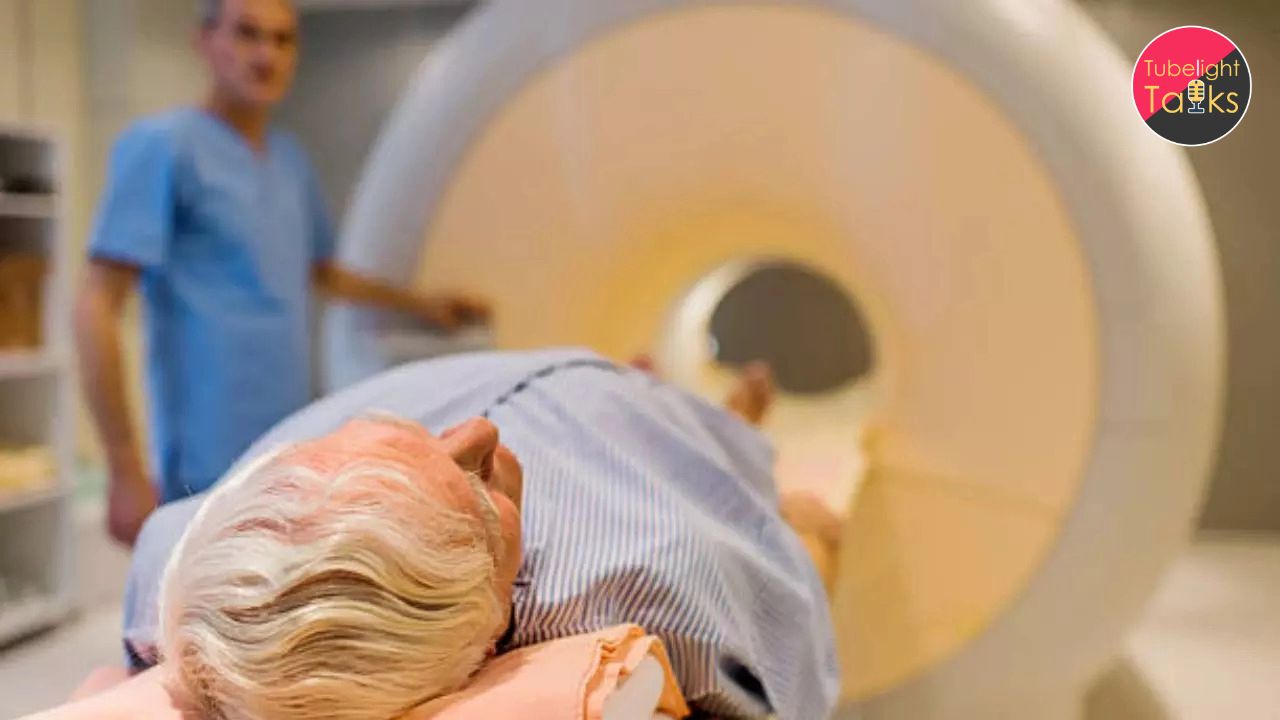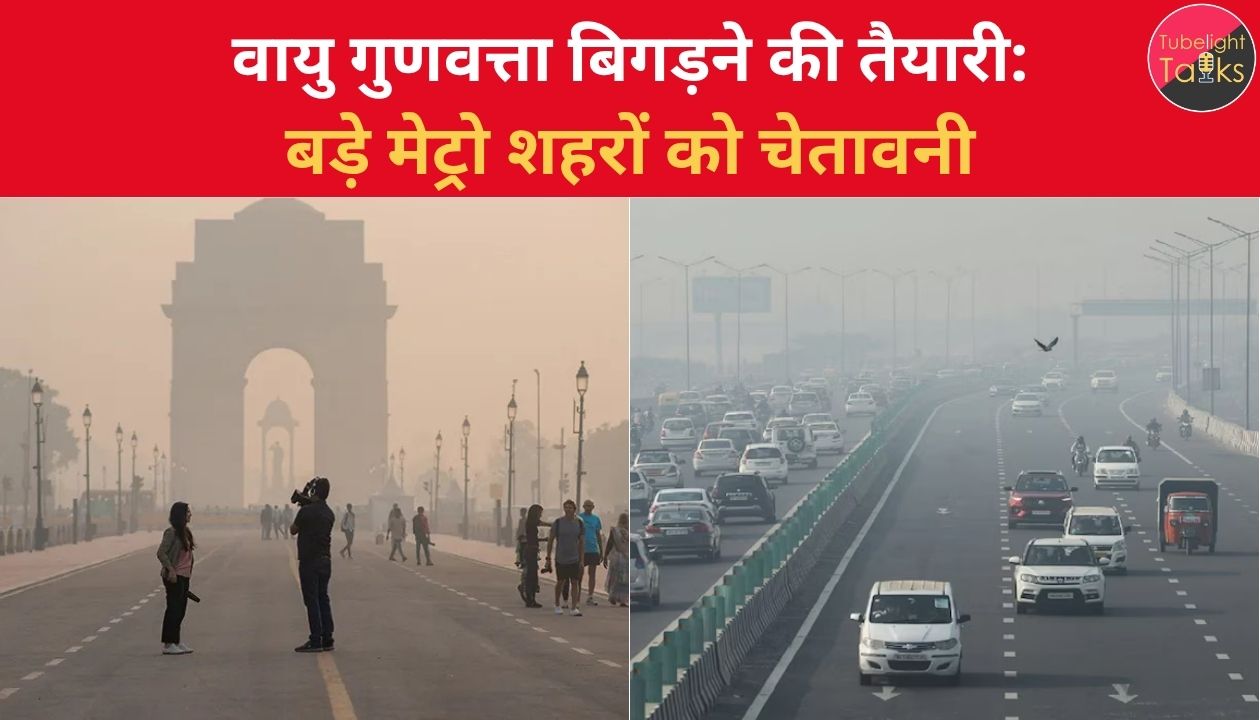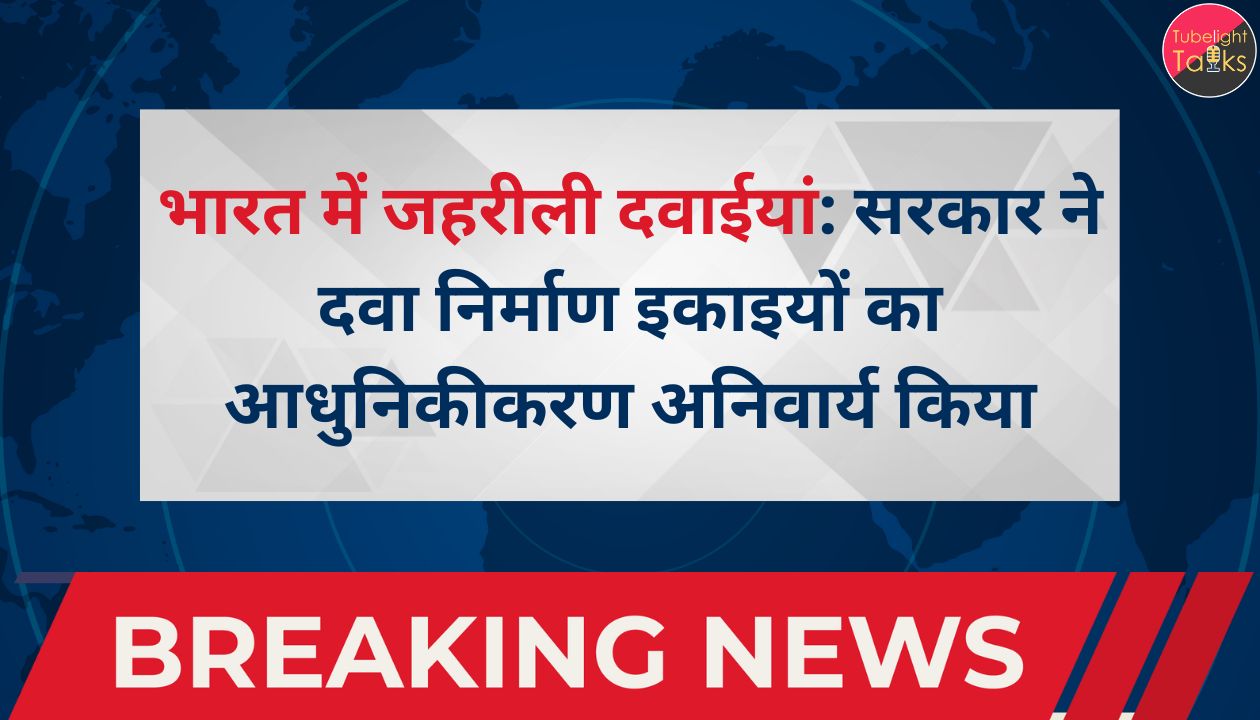Key points as per the Study
The study, using information from the Global Cancer Observatory project the following :
- The anticipated increase in cancer cases among men is 84.3%, with cases rising from 10.3 million in 2022 to 19 million by 2050. Cancer deaths are projected to grow by 93.2%, reaching 10.5 million by 2050. This sharp rise highlights the urgent need for proactive actions.
- Lung cancer is expected to remain the most prevalent and deadliest cancer type, with both incidence and fatalities scheduled to increase by over 87% compared to 2022 estimates. This persistent challenge highlights the critical need for enhanced prevention and treatment strategies.
Age and HDI Disparities
The increase in cancer cases and deaths is expected to be most notable among men aged 65 and older, as well as in countries with low or medium Human Development Index (HDI) scores. The HDI, which measures a country’s development based on health, education, and living standards, reflects the disparities in cancer burden globally.
Disparities in Cancer Incidence and Mortality
The study reveals significant disparities in cancer incidence and mortality among men, which are likely to widen by 2050.
Regional Differences
In 2022, Europe had the highest age-standardized incidence rate (ASIR) of 307.6 per 100,000 men, while Southeast Asia reported the lowest at 110.0 per 100,000 men. Similarly, the age-standardized mortality rate (ASMR) varied significantly, ranging from 76.4 per 100,000 men in Southeast Asia to 136.2 per 100,000 men in Europe.
HDI Disparities: Countries with very high HDI had an ASIR nearly three times higher (320.6 per 100,000 men) than those with a low HDI (98.9 per 100,000 men). The ASMR also varied, with low-HDI countries experiencing a rate of 72.2 per 100,000 men compared to 119.9 per 100,000 men in high-HDI countries. This disparity emphasizes the influence of socio economic factors on cancer incidence and outcomes.
Several factors can considered behind the rise in cancer cases and deaths among men
1.Population Aging and Growth: The global population is ageing, and the overall population is growing, contributing significantly to the projected increase in cancer cases. As more people live longer, the incidence of age-related cancers is expected to rise.
2. Risk Factors: Changes in exposure to various risk factors, such as environmental pollutants and lifestyle choices, are major contributors to the projected increase in cancer cases. Smoking and alcohol consumption are particularly prevalent among men and are known to increase cancer risk significantly.
3. Underutilization of Prevention Services: Many men participate less in cancer prevention activities and underutilize screening and treatment options compared to women. This underutilization exacerbates the higher rates of cancer incidence and mortality observed among men.
Cancer cases and deaths will be higher
By 2050, cancer cases and deaths will be 2.5 times higher in Africa and the Eastern Mediterranean, and 50% higher in Europe, showing cancer’s impact varies by place.
Among adolescents and young adults (AYAs) in Europe, the Western Pacific, and the Americas, cancer cases and deaths are projected to decline by 5-18%. This decline contrasts with the overall trend and suggests improvements in treatment and prevention for the younger population
The percentage increase in cancer cases is expected to range from 50.2% in countries with very high HDI to 138.6% in countries with low HDI. Similarly, cancer deaths are anticipated to increase by 63.9% in very high HDI countries and by 141.6% in low HDI countries. This disparity underscores the global inequality in cancer burden and healthcare access.
Ways to Deal with the Expected Rise in Cancer Cases and Deaths
The study’s findings highlight the need for a comprehensive approach to cancer prevention, diagnosis, and treatment:
1.Enhancing Prevention: Preventing cancer involves strong tobacco control, no alcohol drinking, healthy eating, exercise, and tackling pollution. Public health efforts and policies are crucial.
2. Expanding Screening Programs: Creating and putting into action cancer screening programs that are more inclusive and easier to access is very important. For common cancers, such as lung and prostate cancer, making these programs bigger can help find cancer earlier and improve results. Also, making screening programs for men as effective as those for women is needed.
3. Improving Treatment Access: Improving healthcare, especially in areas with limited resources, is key to better cancer treatment. Making sure everyone has access to all types of cancer and pain relief care and make sure everyone gets the treatments they need. Also, investing in new treatments and technologies is important for improving cancer care.
The Importance of Universal Health Coverage
The increasing worldwide cancer problem underscores the necessity for universal health coverage that encompasses wide-ranging cancer and palliative care services. The International Agency for Research on Cancer projected around 20 million new cancer cases and 9.7 million deaths worldwide in 2022. Broadening health coverage to encompass well-suited cancer screenings for men and enhancing access to healthcare are essential actions in tackling cancer inequalities and fostering fairness.
Hundreds of people cured of Cancer following spiritual approach
The expected increase in cancer cases and deaths among men by 2050 is a major health concern. It’s crucial to focus on prevention, better screening, and easier access to treatment. Changing lifestyle habits can also reduce cancer risk.
Besides these medical and health strategies, it’s important to acknowledge the various ways people deal with cancer. For example, many people have found success in treating cancer through spiritual practices, as seen in the inspiring stories of Tatvdarshi Saint Rampal Ji Maharaj’s followers who have overcome cancer through true devotion and worship.
Here below there is a video link of Saint Rampal Ji Maharaj’s discourse where His follower is sharing his experience of overcoming cancer.








